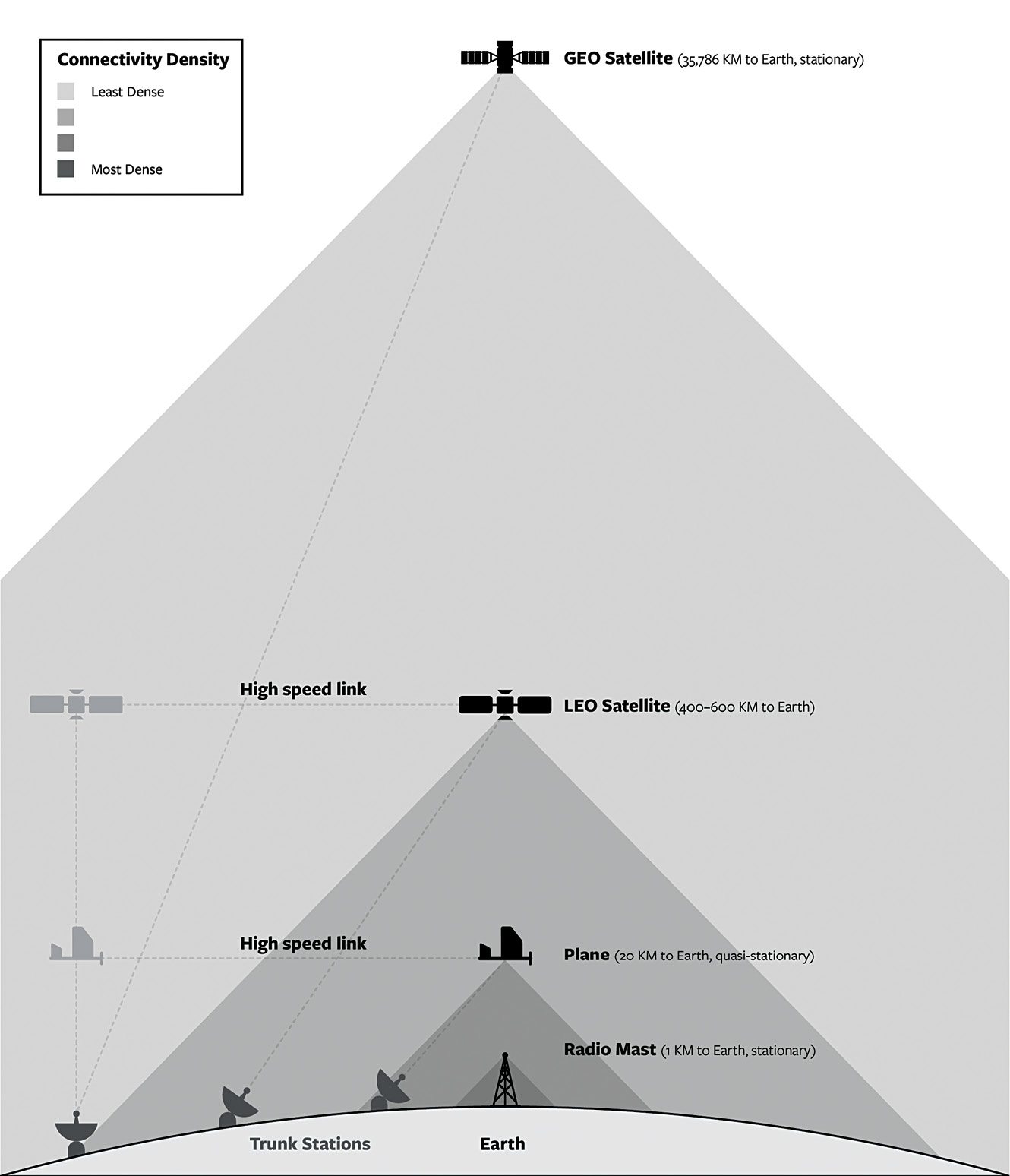Loon has been tested successfully in remote parts of New Zealand, California’s Central Valley and northeast Brazil, and is soon expected to be tested over Indonesia and Sri Lanka, too.
However, the project is not without problems. Dr Suresh Borkar, telecom consultant and member of faculty at Illinois Institute of Technology, Chicago, remarks, “Google’s Project Loon, being based on a comparatively unpredictable and unreliable approach of using balloons in the stratosphere, is likely to stay in the experimental and prototype stage, as evidenced by the fact that Google, its primary innovator, has also invested heavily in satellite based initiatives!”
… While Facebook wants to play with drones
As of now, Facebook’s efforts seem to be three-pronged. There is Free Basics, an open platform to provide basic Internet services like news, maternal health, travel, local jobs, sports and communications, for free, to people who cannot afford it. The problem with this is that, it depends on existing mobile networks, and can therefore not go everywhere.
Then, there is Innovation Lab, which helps developers understand network conditions across the world, enabling them to ensure proper functioning and good performance in all geographies.
However, the most interesting part of this effort—as far as this story is concerned—is Connectivity Lab, which aims to provide affordable Internet access to remote, sparsely-populated areas, using technologies like drones, satellites, mesh networks, radios and free space optics (FSOs).
In a white paper titled ‘Connecting the World from the Sky,’ Facebook authors explain that different technologies work for different population densities. While wireless mesh networks might work in dense, urban environments, medium-density areas could be connected with unmanned, high-altitude and solar-powered aircraft that have long endurance.

For sparsely-populated and difficult terrains, satellites that beam Internet access to the ground are probably the only solution. Although satellite based solutions are expensive today, the company keeps its hope high as space based methods of connectivity are becoming smaller and cheaper to launch.
Boosting speed. Facebook is exploring the use of FSOs to boost the speed of Internet connectivity. According to the white paper, “FSO is a way of using light to transmit data through space. These are basically invisible laser beams in the infrared part of the spectrum.”
Whatever be the connectivity platform, FSO can help boost the speed. Apparently, the lasers used in FSO systems provide extremely high bandwidths and capacity comparable to terrestrial fibre-optic networks while consuming very little power. However, there are some challenges in accurately orienting its narrow optical beams, which must be overcome before an FSO can be used to the user’s benefit.
“An FSO is appropriate for inter-satellite (backbone) connectivity and may be impractical for access to user devices. For communication with user devices, there are issues relating to sending narrow beams, additional hardware and software in both the user device and the satellite, keeping the beam aligned when the user moves, additional optical circuitry, optics/electronics interfaces and so on. These are not just challenges but involve significantly more cost and complexities especially in user devices. Also, key proposals of sharing the spectrum with mobile systems for access will not be possible,” explains Dr Borkar.
High-altitude drones. Facebook’s drone idea sounds very similar to Google’s balloons. Just that they chose drones instead of balloons because they have more endurance and can also be steered more accurately. At an altitude of around 20km above ground, solar-powered drones would be able to cruise easily and conserve power, and broadcast signals powerful enough to cover a city-size territory with a medium population density.












So much tech so much connectivity..but please tell me whether this too much wifi and 4G exposure are good for health or not